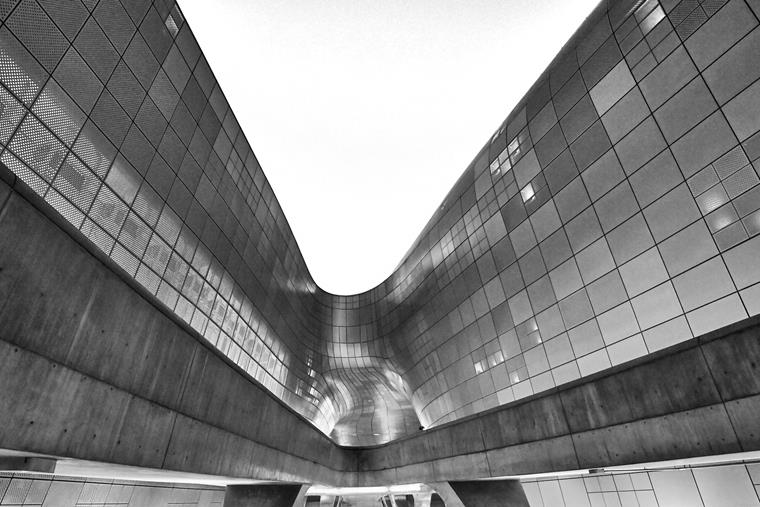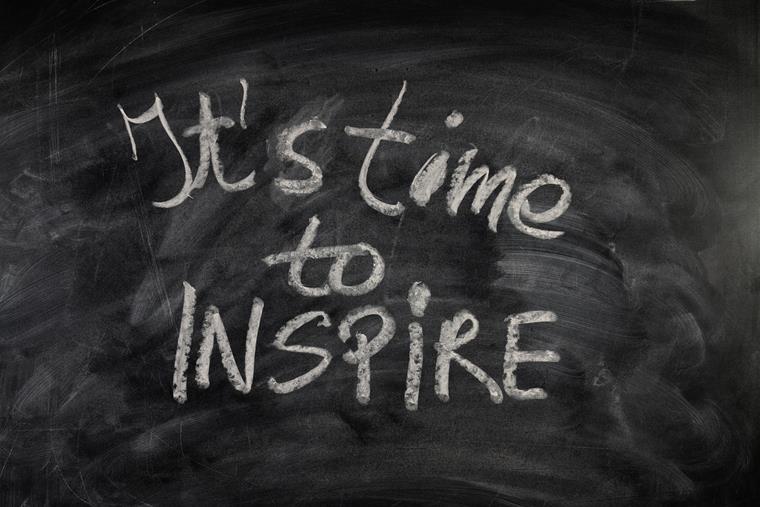Follow this link to hear the full interview in English – it is worth it!
#018 Parametric Design in Construction and Architecture feat. Junghwo Park
The way we design buildings and structures is changing. Parametric design plays a major role in this change. Various parameters are used here to design and create new structures.
Today's guest in our podcast is Jungwho Park, an architect from South Korea. He studied in Korea, Australia, and Austria, and now works in Vienna as a BIM expert and product engineer.
How did Jungwho Park get into architecture?
Jungwho Park's path took him through various activities and countries. He met a painter who specialized in buildings, and it turned out that Jungwho Park himself had great talent in the field as well. Therefore, he decided to take the exam at the University of Melbourne, which started his career as an architect. In Australia, he worked as an architectural assistant. He later traveled to Germany and decided to get his Master's degree in Europe. He studied at the University of Applied Arts in Vienna, where the famous architect Zaha Hadid also taught. There, Jungwho Park learned about parametric design, generative design, and so on.
Zaha Hadid was the first woman to win the Pritzker Architecture Prize. Her buildings are characterized by modern, free forms, and it is difficult to define her style precisely. She was an inspirational influence for Jungwho.
At the university, the students learned about form-finding and all kinds of design technologies that use parametric design solutions. In the first year, they focused on structural analysis and analyzed the conceptual stages of buildings. The students combined architectural concepts with structural design and learned about new technologies for structural analysis.
What exactly is Jungwho Park's work?
The Umdasch company works with both software and hardware developers who develop measurement sensors. These sensors provide the data for the local conditions at the construction site, such as the amount of concrete, drying time, and temperature. The data is synchronized with the server where the BIM model is located. This allows site managers to plan which part is best constructed at any given time.
Another division of the company develops property management software and provides advice to property developers. Umdasch also deals with the provision of affordable housing on other continents. Jungwho's role is to support his team and developers, both internally and externally.
What exactly are parametric documentation and computational design?
Basically, there are not many differences from CAD. Parameters are used to develop the architectural typology. It is not just about finding the shape, but also about the structural analysis and the analysis of environmental influences, such as wind effects and so on. Parametric design is a broad field. It is also of great use for automation, prefabrication, and digitization of construction stages. Data and information always play a role in architecture, structural engineering, BIM management, and so on. Everything can be described as parametric documentation or information management.
Examples and Advantages
As an architect, it is difficult to make changes to a drawn plan. In contrast, parametric design uses parameters as variables and it is easy to change them; for example, to vary the length of a column. This makes the work more efficient. The parameters react to environmental effects or the design agenda and change simultaneously.
Rhino or Grasshopper are primarily used for this. Blender is also growing in popularity. Game engines, such as Unity 3D, are also used. Many software programs that provide BIM have their own parametric design solutions. For Revit, for example, there is Dynamo BIM. It is difficult to define which software can be described as a parametric design tool, because all of them use parameters nowadays.
Do the parameters limit the creativity of architects?
It is not easy to provide all types of parameters for the schematic design; for example, temperature, wind speed, and so on. It takes a lot of practice to use a parametric design tool. The form-finding can be used without major restrictions. However, difficulties arise because the parameters for the design prerequisites must be set correctly in order to avoid incorrect results.
Good communication between architects and engineers is always an important basis for the whole project. How does Jungwho Park see this collaboration?
This collaboration is the key to success. Jungwho Park worked in a team that involved structural engineers from the beginning. Communicating with them was very helpful and gave him the opportunity to get direct feedback on his plans. Approaching goals together is much more efficient. In his opinion, structural engineers and architects should always work together from the very beginning. This way, a structural engineer can save time and show an architect how it can work for him/her in the best way.
Is BIM just a tool, a design method, or more?
Nowadays, many people translate the abbreviation BIM as Building Information Management instead of Modeling. However, the model is the most important and essential part: If the input is wrong there, then these errors continue to the output.
BIM is not really different from traditional CAD, but now the task has become more rigorous and much more non-graphical information is provided in the geometry. However, at the same time, working with BIM has also become more efficient.
Why there are so many architectural and engineering offices that still do not use BIM?
According to Jungwho Park, the biggest difficulty is a higher initial cost. Employees need regular training to use it. Furthermore, it is necessary to standardize the style that the architects use. The benefits only become apparent over time. However, time is the industry's greatest enemy, along with the tight budget for architectural and engineering services. The first thing required is staff, not just software. Building such a team is time-consuming and costly, and therefore, it is the major challenge for companies. But there is always more progress.
This progress, according to Daniel, is mainly related to education, especially in universities and so on. When students with the relevant experience come to architectural companies, they can introduce BIM as a pilot project and teach others.
Another major difficulty is that the guidelines are inconsistent. Moreover, everyone uses different databases and software, and there is no common basis. Standardization also takes a long time. This is not just about the respective companies, but also about external parties, the government, and compliance with standards.
The staff is still the most difficult and important. You can buy software, but you also need the right people. The mindset of companies plays a major role in this.
Daniel adds that the entire construction industry suffers from a shortage of skilled workers, not just in this area.
How does Jungwho Park see the future of the construction industry?
The concept of digitization has been around for a long time. However, it is difficult to implement. Great progress has already been made globally. Jungwho Park assessment of the future is that the work will remain similar but will become more efficient, and they will have standardizations and more rules that are clearer and easier to follow. Not all architectural skills can be digitized, but there will be great advances due to the application of new technologies.
Do you have to learn to program as an architect or engineer?
Programming allows you to work in a more creative and efficient manner. In architecture and engineering companies, in particular, there should be one programmer for every 15 or 20 employees, suggests Jungwho Park. Learning to program code would definitely be an asset in the future.
What does Jungwho Park think of other trends, such as 3D printing?
On a small scale, the benefits of 3D printing are limited. It might offer more advantages for military infrastructure or difficult individual construction projects, for example. 3D printing saves a lot of material and is efficient and fast. It is definitely a trend-setting topic.
How fast is the construction industry when it comes to digitization?
Very slow, says Jungwho Park, especially when compared to other industries, such as the aerospace industry. Nowadays, you lose potential clients without digitization. The process should be accelerated.
What is Jungwho Park's favorite building?
He does not really have a single favorite building, but there are some architects whose work he particularly admires. These include Australian architect Glenn Murcutt, whose innovative, cultural work impresses Jungwho Park. In general, he likes buildings that respect their environment and culture. He also mentions Catalan architect Enric Miralles.
Of course, Jungwho Park also admires his professors and their buildings; Peter Corrigan, Zaha Hadid, and Kazuyo Sejima.
Thanks, Jungwho Park, for this inspiring episode!

